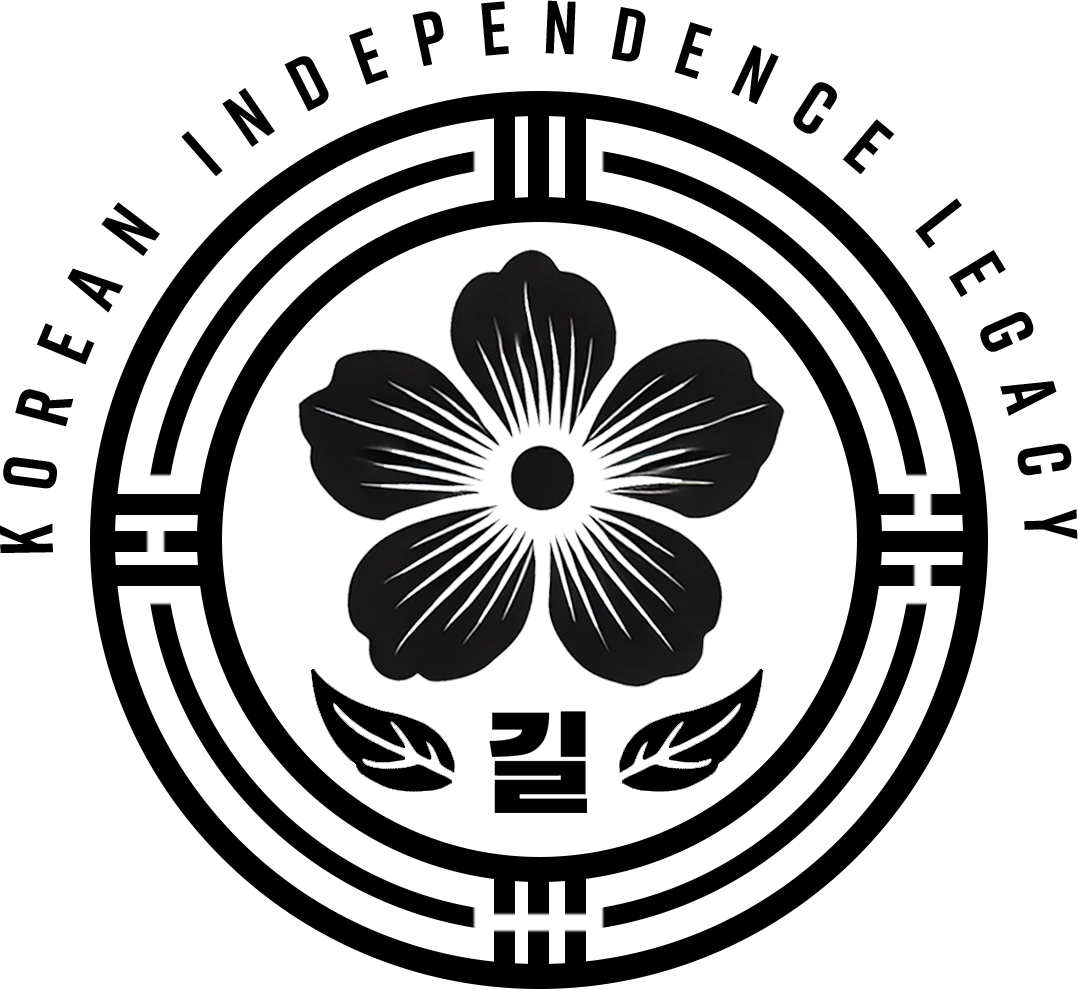Lee Yong Sun (이용선)
Meet Lee Yong Sun (이용선) — a pioneering Korean aviator and independence activist. Born in Pyongyang in 1892, he trained as a pilot in the U.S. and later served as a flight instructor for the Korean Provisional Government’s air corps. At a time when few dared to dream of flight, he saw aviation as a powerful tool in Korea’s fight for freedom. His legacy, though often overlooked, helped lay the foundation for Korea’s military aviation.
A Forgotten Aviator of Korea’s Independence Movement
Lee Yong Sun was a trailblazing independence activist and aviator who played a pivotal role in Korea’s fight for liberation during the Japanese colonial period. Trained as a pilot in the United States, he later served as a flight instructor for the Republic of Korea Provisional Government’s aviation corps. While many details about his early life remain unclear, it is believed that he was born in Pyongyang on November 5, 1892, and immigrated to the United States on May 16, 1916.
Early Activism and the Road to Aviation
Lee’s journey toward becoming an aviator began in 1916 when he traveled to San Francisco aboard a ship bound for China. On that voyage, he was accompanied by fellow patriots Lee Yong-geun and Jang Byeong-hun, both of whom would become close comrades in the Korean independence movement.
Upon arriving in the mainland U.S., Lee enrolled at the University of California and became a founding member of the Korean Youth Patriotic Corps (Dae-Han-In Cheong-Nyeon Hyeol-Seong-Dan), an organization formed by young Korean immigrants in response to the March 1st Movement. This group focused on military-based independence efforts, with at least six of its 23 founding members pursuing aviation training—a strategic choice in anticipation of an armed struggle for Korean independence.
Soon after co-founding the Corps, Lee began flight training at the Redwood Aviation School, a civilian flight school in Redwood City, about 42 kilometers southeast of San Francisco. His decision to pursue aviation was seen as both bold and visionary, signaling a shift toward modern warfare in Korea’s liberation efforts.
A report published in the Shinhan Minbo on August 26, 1919, captured his determination:
“Among our young men, Lee Cho and Lee Yong Sun have recognized that aviation is an essential military skill for our independence cause, and yesterday (the 25th), they enrolled in this aviation school… The Japanese absolutely refuse to provide instruction. Those interested in applying to the aviation school should consult with the two individuals mentioned above before enrolling.”
Aviation and the Fight for Freedom
Following the end of World War I, Korean Americans faced racial barriers to military service. The U.S. Army Air Corps and Navy Air Service restricted the enlistment of people of color, effectively shutting Korean youth out of formal military aviation. In response, Korean-American students turned to civilian flight schools to gain critical skills for future aerial warfare.
In February 1920, Lee Yong Sun and five other Korean-American students at Redwood Aviation School posed for a commemorative photo with General No Baek-lin, the Provisional Government’s first Minister of Military Affairs, during his inspection visit. This moment proved influential. These young aviators likely played a key role in convincing General No to establish an official aviation school and air corps under the Provisional Government.
That photograph—later published in The Independent (Dongnip Sinmun) under the title “The First Six Korean Aviators”—was a source of inspiration for Koreans under Japanese rule. Although later research revealed they were not the first Korean aviators, the image became a symbol of hope. Today, it remains on display at the Korean Air Force Museum.
Graduation and National Service
Lee graduated from Redwood Aviation School in May 1920 with high distinction. His achievement was praised in the Shinhan Minbo on May 28, 1920:
“Despite immense difficulties, Augh Lim Ha and Lee Yong Sun, who studied at the aviation school in Redwood City, California, persevered with determination, recognizing that aviation was an indispensable skill for the independence war. As a result of their efforts, they graduated with honors on the 25th of this month and are now headed for Willows. The entire world acknowledges that the next war will be fought in the air, emphasizing the necessity of aviation. Since Korea is engaged in an independence war, the value of aviation skills cannot be overstated.”
Following graduation, Lee joined the Provisional Government’s aviation school and served as a flight instructor. Even after the program was disbanded, he remained deeply committed to the independence cause. He contributed to diplomatic initiatives, donated funds to support Koreans suffering in Joseon and Manchuria, and remained an active member of Heungsadan (Young Korean Academy), a nationalist organization dedicated to Korea’s liberation.
A Lasting Legacy
Lee Yong Sun was a visionary who understood the future of warfare and committed himself to mastering its newest frontier—aviation. At a time when few Koreans had the means or opportunity to fly, he not only pursued flight training but used those skills in service of his nation’s freedom.
Though his name remains relatively unknown today, his actions helped lay the foundation for Korea’s modern air force and inspired a generation of Koreans to believe in the power of innovation and perseverance.
Lee’s life is a powerful testament to the resilience, foresight, and sacrifice of the Korean independence movement. His story deserves to be remembered—and honored—by future generations.
